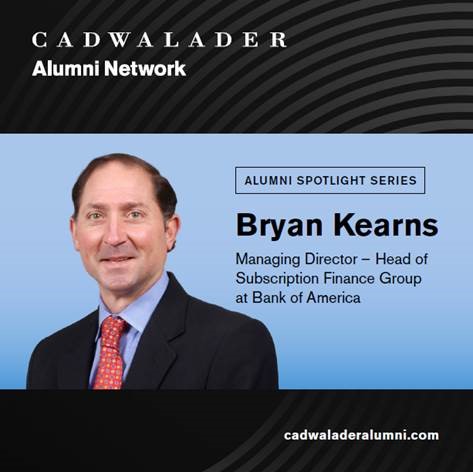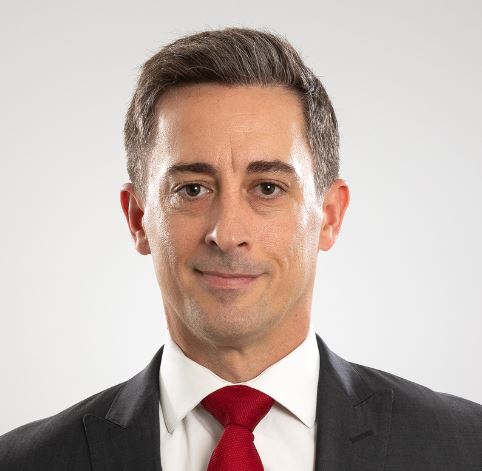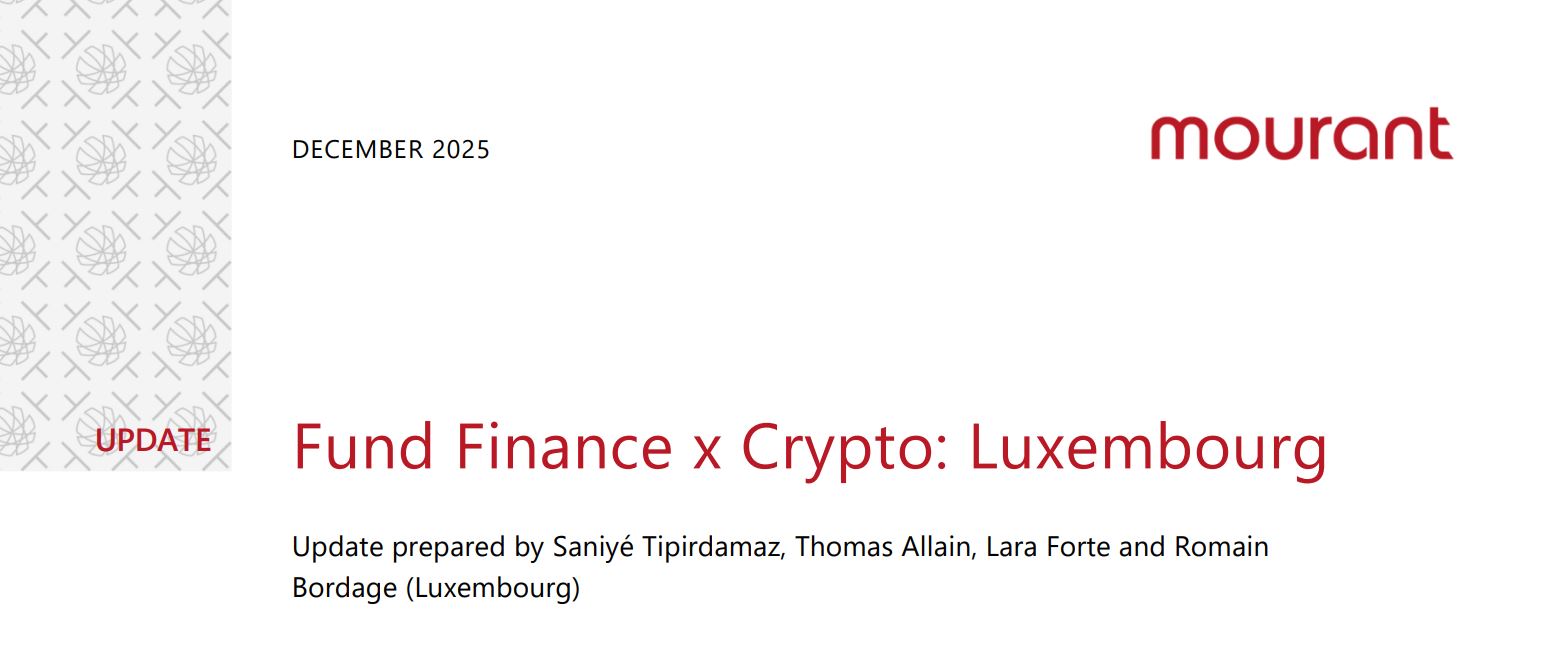Featured


Due diligence is a key aspect of the legal structuring and execution of fund finance facilities. In the subscription line market, there are generally well established conventions for performing due diligence on, in particular, the capital call mechanisms.
By contrast, in this article, we look at due diligence considerations in NAV financing; while this segment of the market is less settled in its approach, there are emerging trends in terms of approach to due diligence. Here, we consider these issues primarily from the perspective of the European market, though many of the issues will apply generally.
Articles


The SEC's 2024 amendments to Regulation S-P introduce the most comprehensive update to federal privacy and data security standards for SEC-regulated institutions since the rule was adopted. While the amendments are directed at investment advisers, registered funds, broker dealers, and transfer agents – not lenders – fund finance deal teams are already seeing the effects.
We have seen sponsors and their counsel increasingly focused on the changes relating to their need to due diligence their service providers, and their need to obtain notice within 72 hours of a service provider data breach. For banks and other regulated lending institutions, this raises important questions around regulatory scope, operational expectations and market standards.
This article summarizes the key regulatory changes, why sponsors are reacting the way they are, and why lenders generally should not be expected to take on Regulation S-P obligations when they are already subject to their own robust data privacy regimes.

From navigating complex transactions as a junior associate at Cadwalader to leading innovative financing solutions at Bank of America, Bryan Kearns, now Managing Director – Head of Subscription Finance Group at Bank of America, has built a career defined by diligence, collaboration, and curiosity.
In this Alumni Spotlight, Bryan sits down with Tim Hicks, current partner and Co-Head of the Fund Finance Group at Cadwalader, to reflect on his career journey, the mentors who shaped his leadership style, and how his time at Cadwalader continues to influence his approach to teamwork, problem-solving, and professional growth.





One of the common threads that runs through the granting of security over Cayman and Luxembourg property, be it capital call rights under an LPA, bank accounts or shares/interests in CayLux vehicles, is that neither jurisdiction has a central register or forum where a party is required to ‘file’ the security interest with a state body - either for reasons of priority or by way of placing third parties on notice.
New lenders in the market (of which there have been many in recent years!) and their internal legal counsel often find this fact slightly odd when compared to jurisdictions with public filing systems. Accordingly, the differences between what the laws of Cayman or Luxembourg provide for when compared to the security arrangements that are put in place in other jurisdictions is a common discussion topic when new entrants are getting comfortable with non-US vehicles appearing in their deals.
The absence of public or post-closing filings for security registration does not however mean that the laws of Cayman and Luxembourg have nothing to say on the interests of secured creditors. This note summarizes the most frequently seen intersections of the laws of Cayman and Luxembourg with security taken as part of fund finance deals.
With the growth of fund finance, the Mourant team have all observed cross-over between areas such as securitisation, structured finance, and the insurance sector, blurring the lines between historically separate areas. The next frontier is rapidly coming into focus: crypto. Luxembourg is consistently at the forefront of financial innovation and has already adopted a strong legal framework on virtual assets, paving the way to fund tokenisation in a fund finance context. While crypto presents some challenges to fund finance, it may also provide some novel solutions.

The new episode of the Praxio Fund Finance Expert Talk hosted by Michael Mbayi, with Ian Wiese, Managing Director at Barings is available!
Here is who's hiring in fund finance:

This week Charlotte partner Trent Lindsay, special counsel Eric Worthington and associate Kayla Culver connect with Mike Wiederecht and Matt Ziemer, Managing Directors at PNC Bank.
Based in New York, Mike has over 13 years of banking experience, and a degree in finance and mathematics from the University of Notre Dame. With PNC since 2014, Matt is based in Philadelphia and has a degree in economics and sociology from Washington and Lee University.

The second edition of the Working Guide to Fund Finance, published by Brickfield, is now available in PDF and print format.
The Fund Finance Association recently hosted its 7th Annual Asia-Pacific Fund Finance Symposium on November 6, 2025.
The Mourant team summarises the top takeaways from the event as speakers reflected on the year that was - and what lies ahead.
Here is who's hiring in fund finance:
« Previous | Next »






